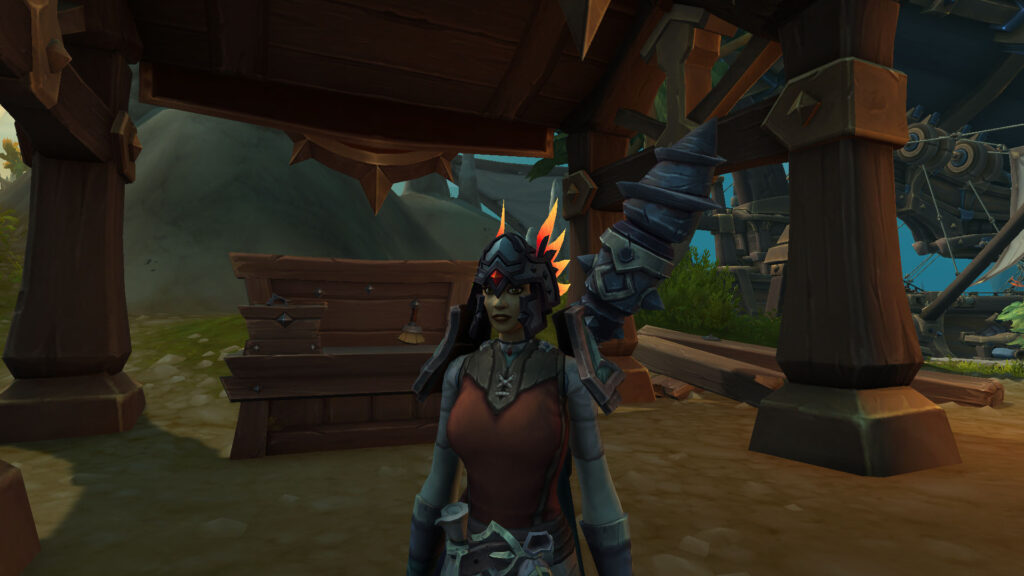
Real Money Transactions in World of Warcraft
Since its launch in 2004, World of Warcraft (WoW) has been dominant in the MMO (massively multiplayer online) gaming world. While the game initially thrived on subscription-based income, real money transactions (RMTs) have become a significant aspect of WoW’s economy. RMT refers to the exchange of real-world money for in-game items, currency, or services. While officially discouraged in many cases, this practice has thrived in a game where time and effort are needed.
In this article, we will explore the history of real money transactions in WoW, their effects on the game’s economy and player experience, the rise of WoW Tokens, and the ongoing debate.
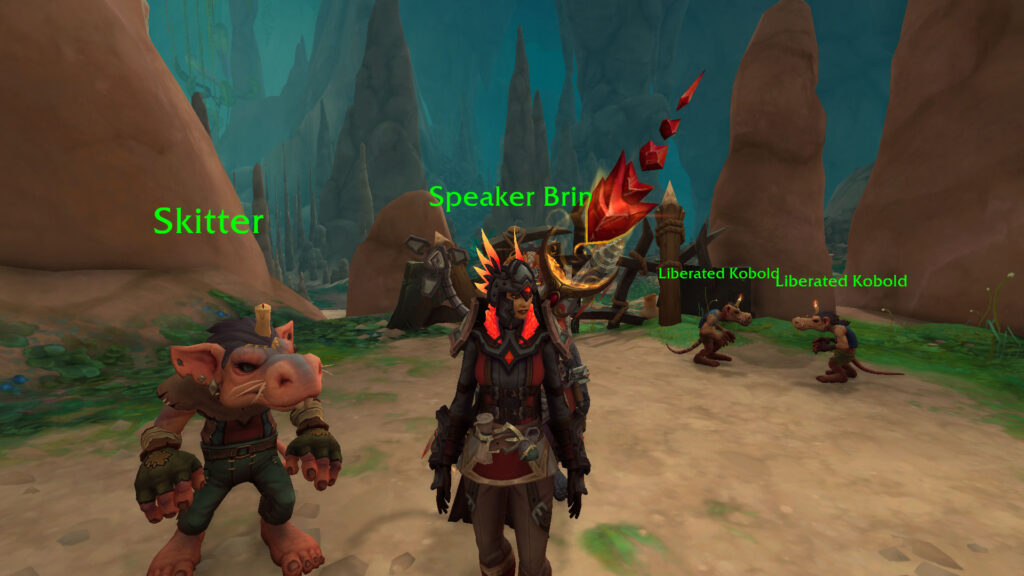
The Early Days of Real Money Transactions in WoW
When World of Warcraft was first released, Blizzard Entertainment enforced a strict policy against real money transactions. Players caught purchasing gold or items from third-party websites faced account suspensions or bans. At the time, Blizzard’s philosophy was that the game should reward effort and achievement. Despite this, the demand for in-game gold and rare items from players lack the time or desire to grind.
Gold sellers quickly established websites where players could purchase in-game currency through real money transactions in World of Warcraft. These sellers often employed “gold farmers” — players, sometimes in low-wage countries, who spent long hours gathering resources or farming dungeons. The gold was then sold to players looking to bypass the grind of earning currency through conventional gameplay. Despite Blizzard’s efforts to crack down on real money transactions in World of Warcraft, they persisted.
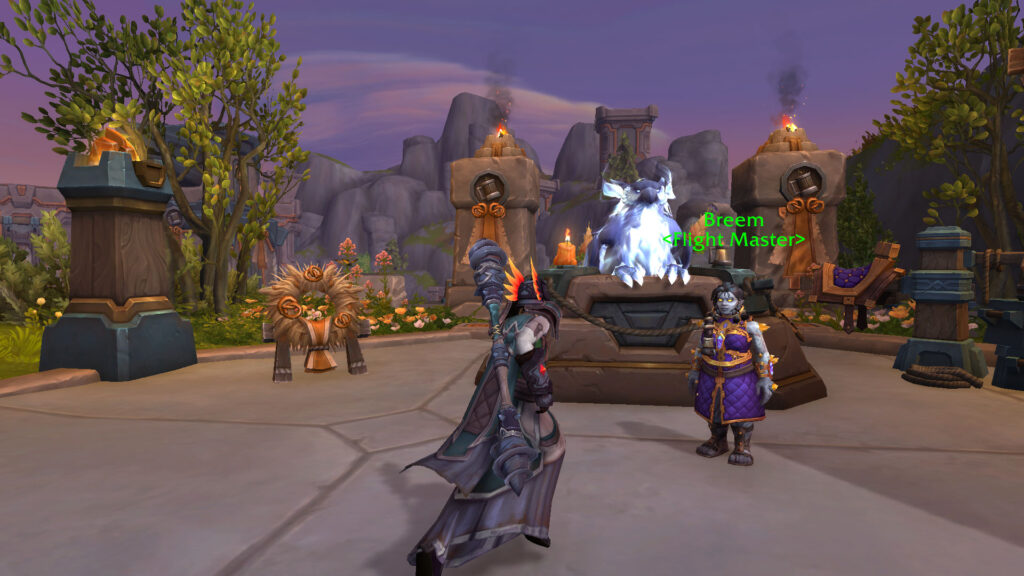
The Negative Impact of Real Money Transactions in World of Warcraft on WoW’s Economy and Community
The effects of RMT on WoW’s economy have been contentious. One of the most significant issues stemming from illegal RMT is inflation. As players injected large sums of purchased gold into the game, the price of in-game goods skyrocketed. Players who earned their gold through legitimate means often found themselves priced out of the market for high-end items. This created an imbalanced economy, where the wealth gap between players who bought gold and those who farmed it legitimately.
In addition to inflation, the prevalence of RMTs contributed to the rise of botting and hacking. Many gold sellers used automated bots to farm resources, which allowed them to gather gold or rare materials. This practice not only harmed the game’s economy but also negatively impacted the overall player experience. Furthermore, hacking became a common occurrence, with gold sellers using compromised accounts to steal items and currency from legitimate players.
RMTs also affected the community and gameplay in subtler ways. The temptation to buy gold led some players to view the game as less of a challenge. This undermined the core of WoW’s design: an immersive world where achievements were meant to be earned.

Blizzard’s Response: The Introduction of Real Money Transactions in World of Warcraft Tokens
In 2015, Blizzard took a significant step toward addressing the issues surrounding RMT with the introduction of the WoW Token. This innovation allowed players to purchase a WoW Token from Blizzard’s official store. Conversely, players could use in-game gold to purchase WoW Tokens from the Auction House.
The WoW Token effectively legitimized a form of RMT, allowing Blizzard to maintain control over the process. The company also benefitted financially, as they now profited from both ends of the transaction.
This system had several positive effects on the game. First, it helped reduce the demand for illicit gold-selling websites. Furthermore, the WoW Token provided a legal avenue for players who wanted to buy gold.
From a player’s perspective, the WoW Token was a win-win. Players who were short on gold but had disposable income could easily purchase tokens to fund their in-game activities. This created a dynamic where players who valued their time more than their money could buy gold legally.
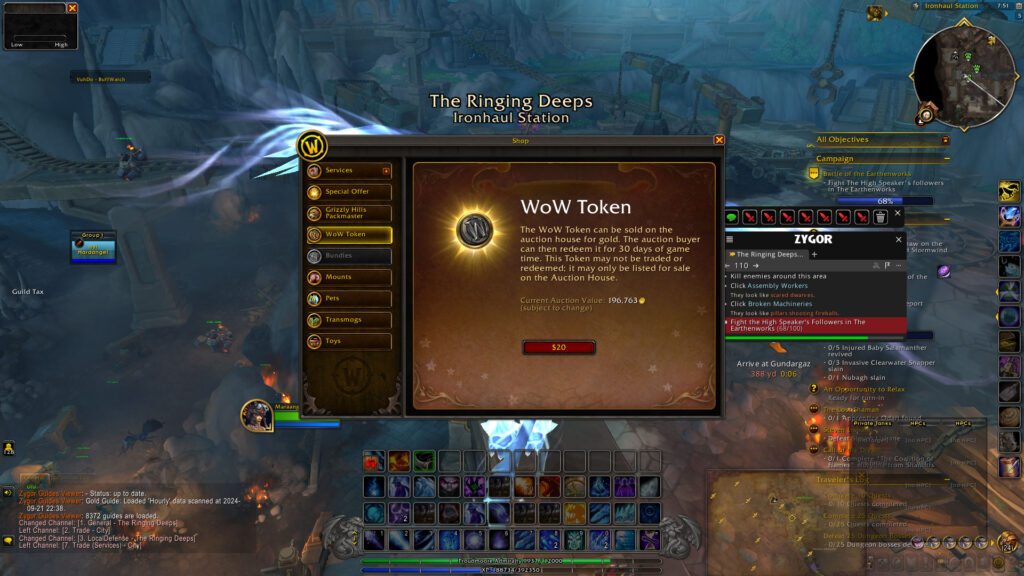
The Current State of RMT in WoW
While the introduction of the WoW Token has significantly reduced the prevalence of illegal RMT, it has not eliminated it. Some players still turn to third-party gold sellers, often because these sellers offer lower prices than the official WoW Token exchange rate. Furthermore, gold sellers have evolved their methods over time, making it harder for Blizzard to catch and ban them. Many third-party sites now operate through private channels or social media, making it more difficult for Blizzard to track down and shut them down.
In addition to gold sales, the RMT economy in WoW has expanded to include services such as raid boosting, dungeon carries, and PvP rank boosting. Players can pay real money to skilled players or organized groups to carry them through challenging content, thereby earning rewards such as gear, achievements, and mounts without having to invest the time and effort themselves. While these services can be paid for using in-game gold, the lines between legitimate in-game transactions and illicit RMT blur when players buy gold from third-party sources to fund these services.
This aspect of RMT remains highly controversial. On one hand, some argue that these services benefit players who lack the time to participate in time-consuming end-game content, allowing them to enjoy the rewards without sacrificing real-life obligations. On the other hand, critics contend that such practices cheapen the achievements of players who invest the time to complete difficult content organically. They also express concern that the proliferation of paid carries may erode the game’s sense of accomplishment, making WoW feel more like a transactional service than a rewarding gameplay experience.
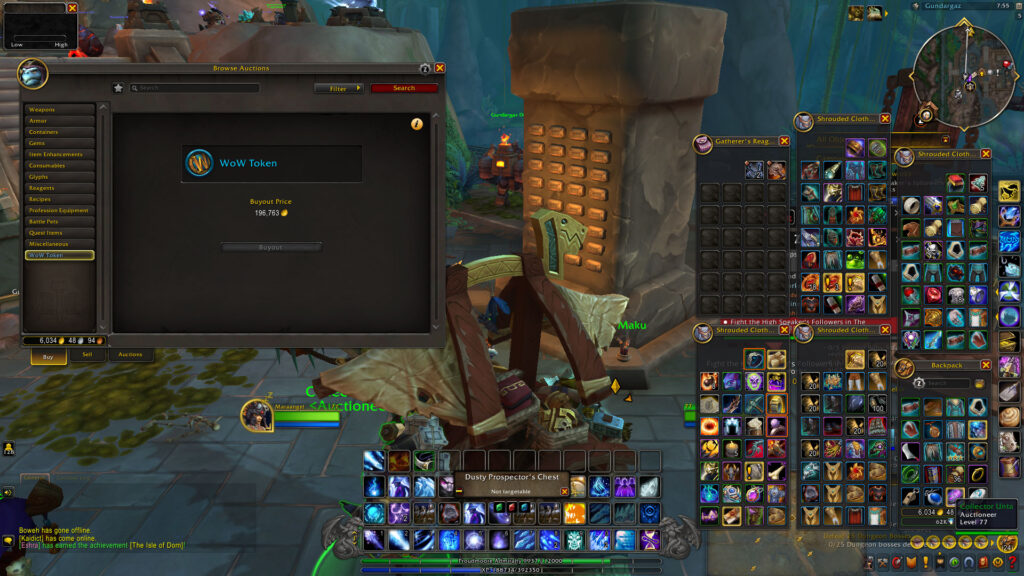
The Ethical and Practical Debate Surrounding RMT
The ongoing debate surrounding RMT in WoW is multifaceted. From an ethical standpoint, there are questions about the fairness of allowing players to buy their way to success in a game that was originally designed to reward time and effort. For some, the WoW Token and the prevalence of paid carries represent a shift away from the game’s original vision and philosophy.
From a practical perspective, however, it is hard to deny the advantages of Blizzard’s approach. By offering a legitimate form of RMT through the WoW Token, Blizzard has mitigated the harmful effects of illicit gold selling, such as account theft and inflation, while also providing a revenue stream that helps maintain the game’s development and operations.
The ethical dilemma is compounded by the fact that RMTs cater to different types of players. Some players are short on time and prefer to spend money to enhance their gaming experience. Others value the challenge and effort required to progress and feel that RMT undermines the integrity of the game. This dichotomy makes it difficult to draw clear lines in the sand when it comes to regulating or accepting RMT within WoW.

As World of Warcraft continues to evolve, real money transactions will likely remain a significant part of the game’s ecosystem. The WoW Token has undoubtedly changed the landscape, offering players a legitimate way to engage in RMT while reducing the harmful impact of third-party gold sellers. However, the debate over the ethics and long-term consequences of RMT in WoW will likely persist, as the game’s community grapples with questions of fairness, achievement, and the evolving definition of what it means to be successful in Azeroth.
For Blizzard, the challenge will be finding the right balance between monetization and maintaining the integrity of the game’s core experience. As RMT continues to grow, both within WoW and across the broader gaming landscape, developers will need to remain vigilant in addressing the concerns of their player base while adapting to the changing demands of the market.